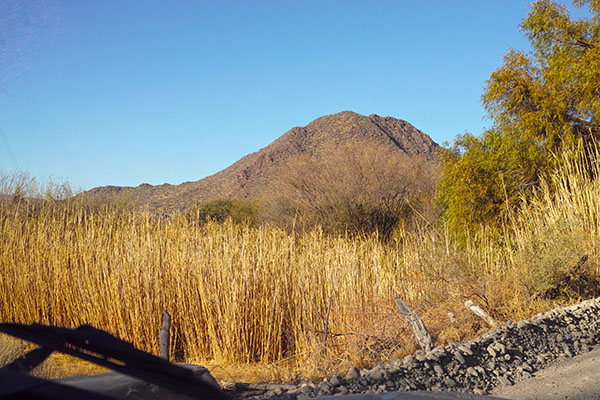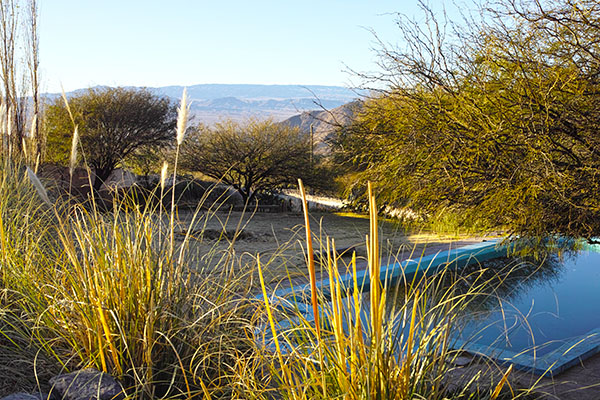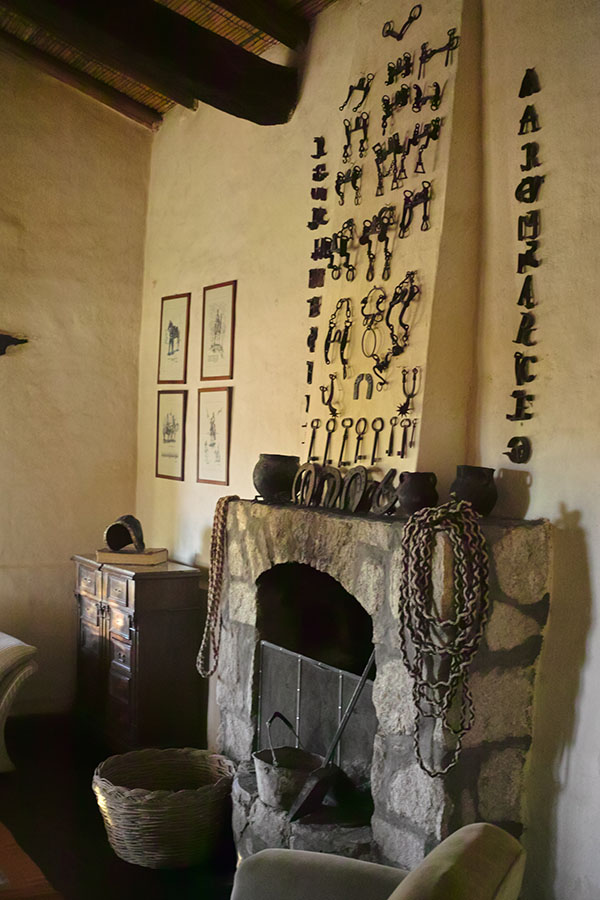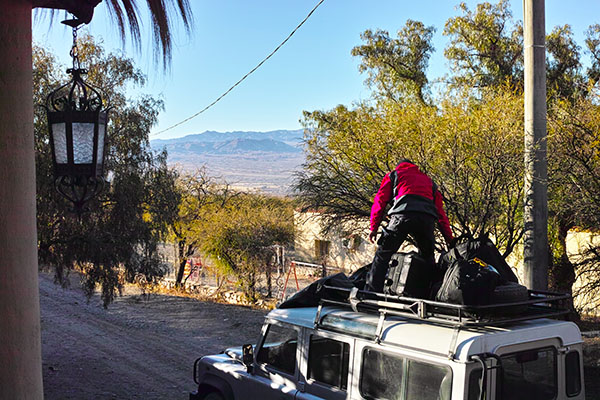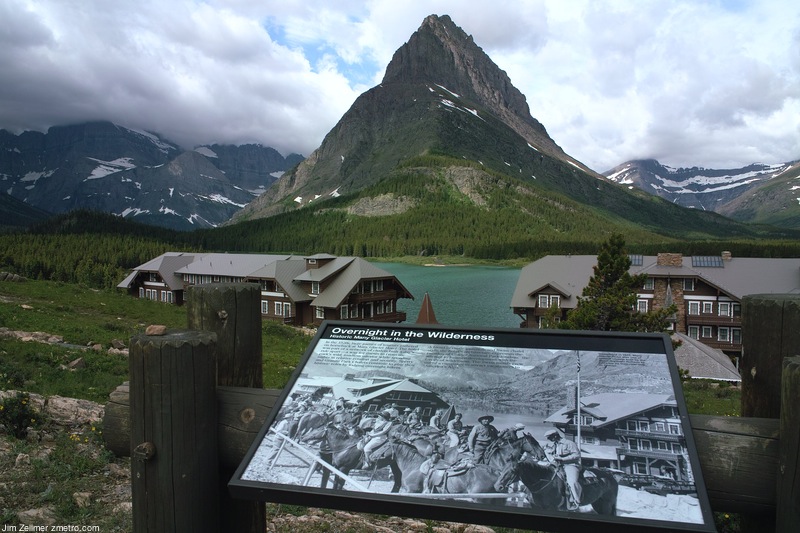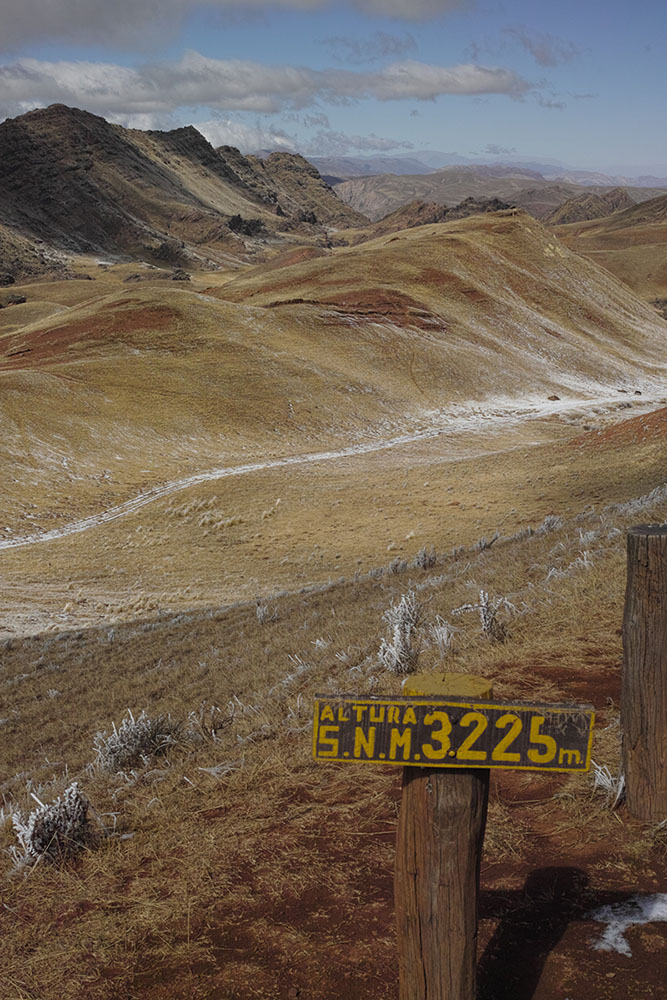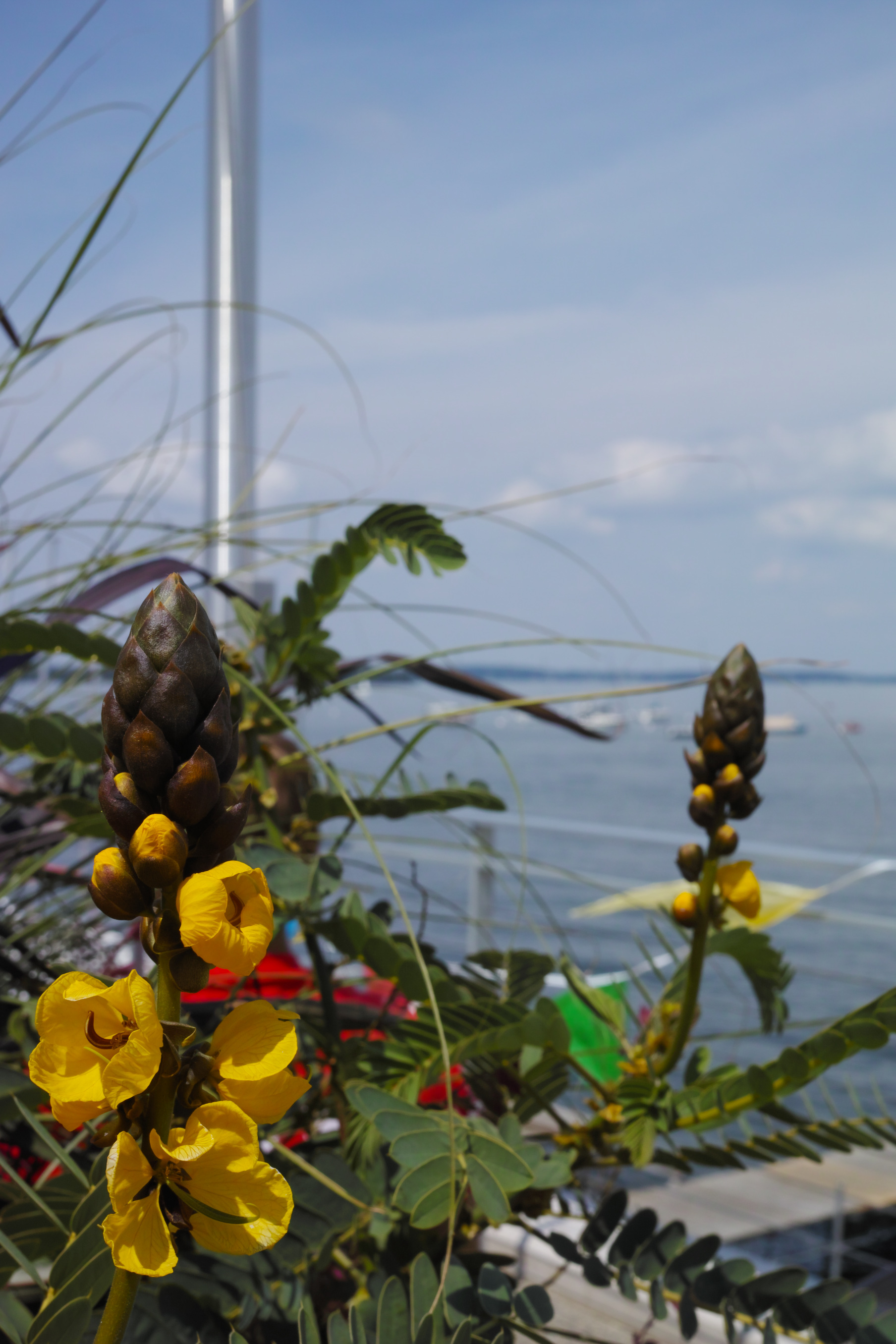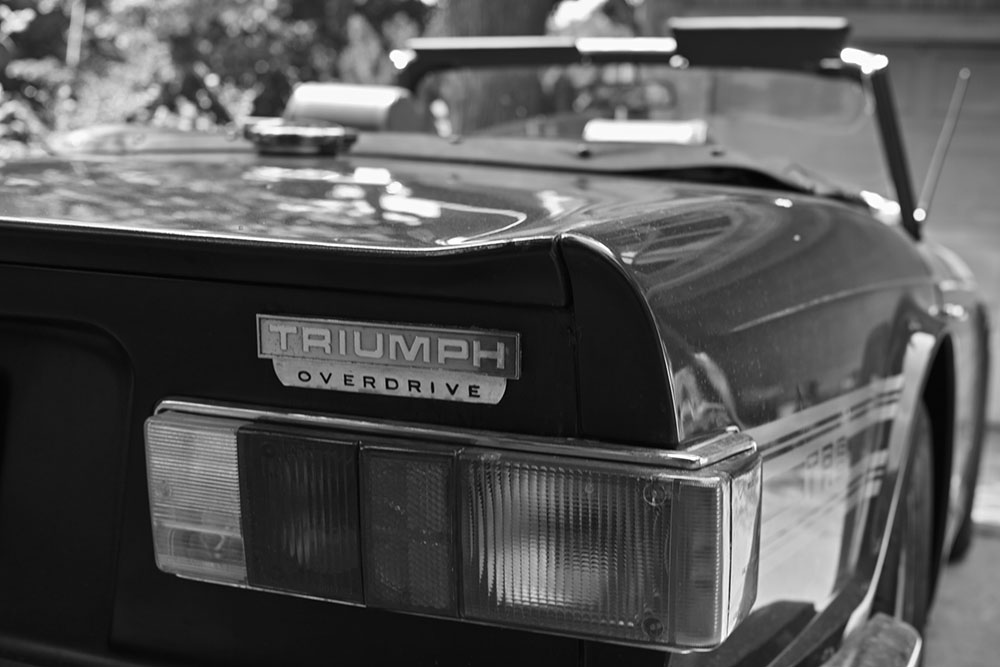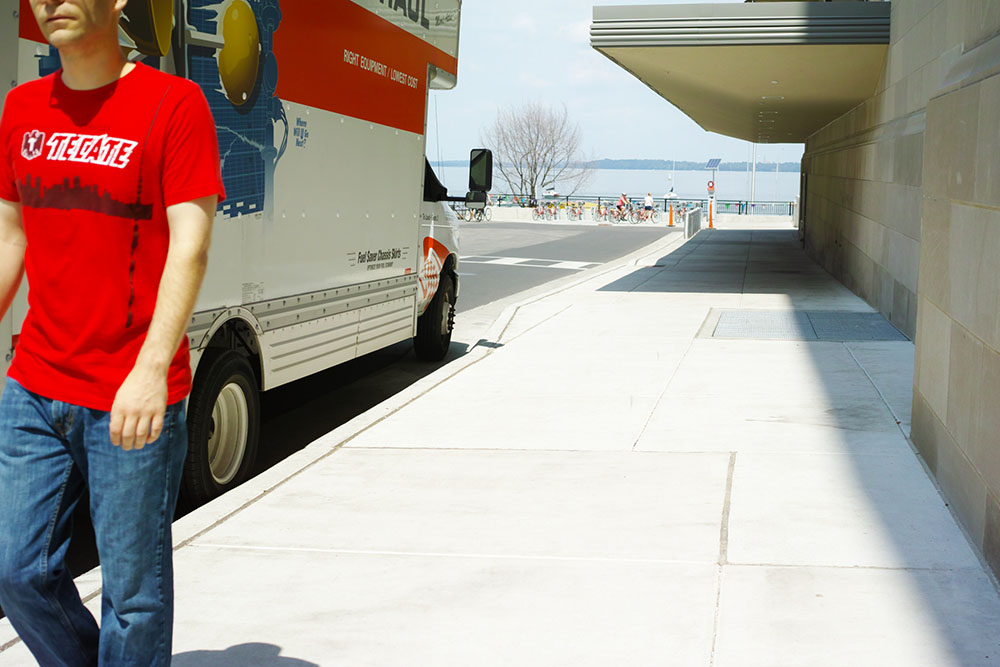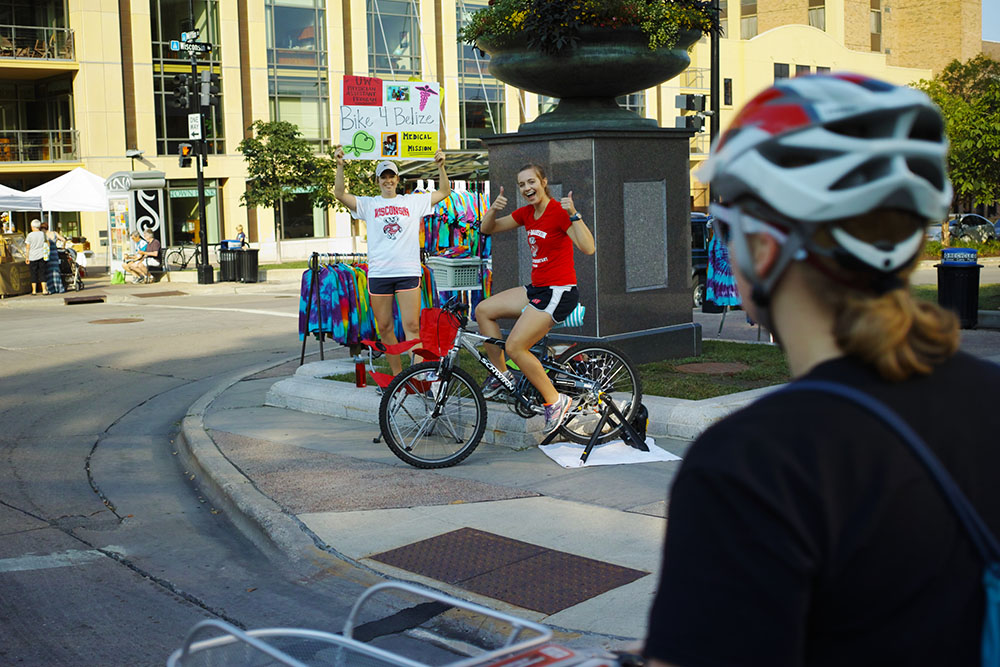“How do you know that the babysitting money you deposited in the bank a few days ago will still be there next week?” – a conversation with our children during the “Great Recession”.
“What?”
Indeed.
I pondered the state of money today after reading Benedict Mander’s latest: “Companies fear radical turn in Argentina”.
Argentina features a “pegged” currency in contrast to the many notes that “float”, where the “market” determines the exchange rate. In Argentina’s case, the government sets the peso conversion rate, currently about 8 to the dollar. Yet, the Country’s black market rate, or “dolar azul” currently trades at 13.8 pesos to the dollar.
I experienced this contradiction firsthand during a recent joyous trip to Argentina. A friend suggested taking cash to trade for Pesos. Spot on, our trading ranged from 9.5 to 13 Pesos to the US Dollar. 13 was found in the far north and required perfect US bills, no tears or wrinkles. The exchanges were quick and matter of fact. One money changer asked why more Americans don’t bring cash? “You save at least 50% compared to paying with a credit card.” “Americans must be conditioned to use credit cards”.
Not completely naive, I asked my last counterparty about his rates? “13 to 20. It’s crazy and changes daily”. Another local friend said that they expect a devaluation within a year’s time.
Attractive buys are to be had, from great bottles of wine for $2.00 to inexpensive sumptuous dinners. However, one must not underestimate the cost of such currency swings to local businesses. The proprietor of a delightful restaurant in Buenos Aires’ Palermo neighborhood related how difficult it is to “plan for anything. It’s crazy. I don’t know what to expect from day to day.”
And so, it was, while reading Mander’s article that my mind raced to Solomon’s words, inspired long ago: “All of it is meaningless, a chasing after the wind.” – Ecclesiastes 1-3.
It is remarkable to witness the faith that people put in money, particularly fiat money, or currency that has “value” because the Government says so.
The price of such faith can be seen when observing inflation. Exhibit A: Chobani’s Pomegranate yogurt had long been priced at $0.99/cup at Madison’s Woodmans. It now requires $1.15, an increase of 16%!
United States’ Dollars include the term “In God We Trust“. Obviously, this is all that matters.
1. Argentina’s insatiable—and destructive—appetite for U.S. dollars.
2. Politics is the biggest hurdle to developing Argentina’s enormous Vaca Muerta field via the Economist.
Interested in a deeper dive?
Money of the Mind: Borrowing and Lending in America from the Civil War to Michael Milken by James Grant.
Lords of Finance: The Bankers Who Broke the World by Liaquat Ahamed.


